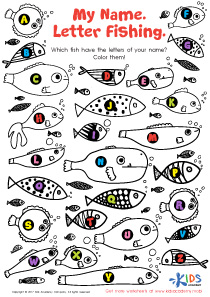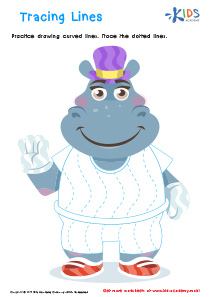Alphabet Recognition Easy Letter Recognition Worksheets for Ages 7-8
5 filtered results
-
From - To
Discover our engaging Alphabet Recognition worksheets designed specifically for children aged 7-8! These easy-to-use letter recognition activities help young learners enhance their alphabet skills while having fun. Each worksheet focuses on identifying, distinguishing, and practicing both uppercase and lowercase letters through playful exercises and illustrations. Perfect for reinforcing classroom learning or as supplementary at-home education, our resources encourage confidence and independence in reading. By incorporating colors, shapes, and interactive puzzles, children stay motivated and excited about learning. Support their literacy journey and boost their foundational skills with our carefully crafted worksheets today! Explore the joy of language with Kids Academy!


Letter T Coloring Sheet
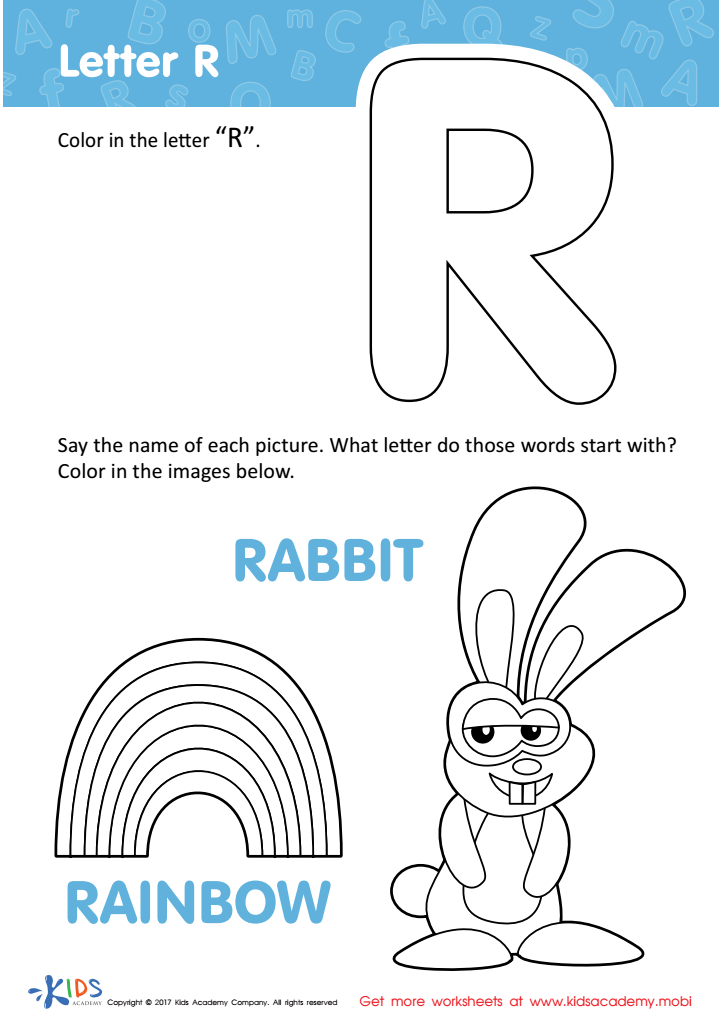

Letter R Coloring Sheet


Letter V Coloring Sheet
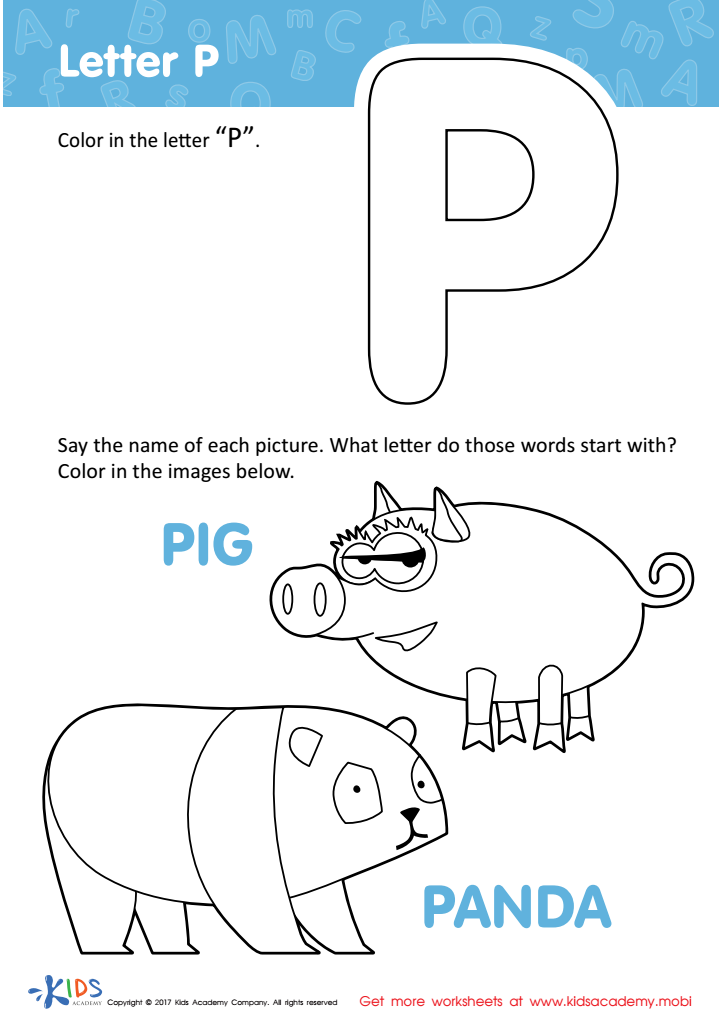

Letter P Coloring Sheet
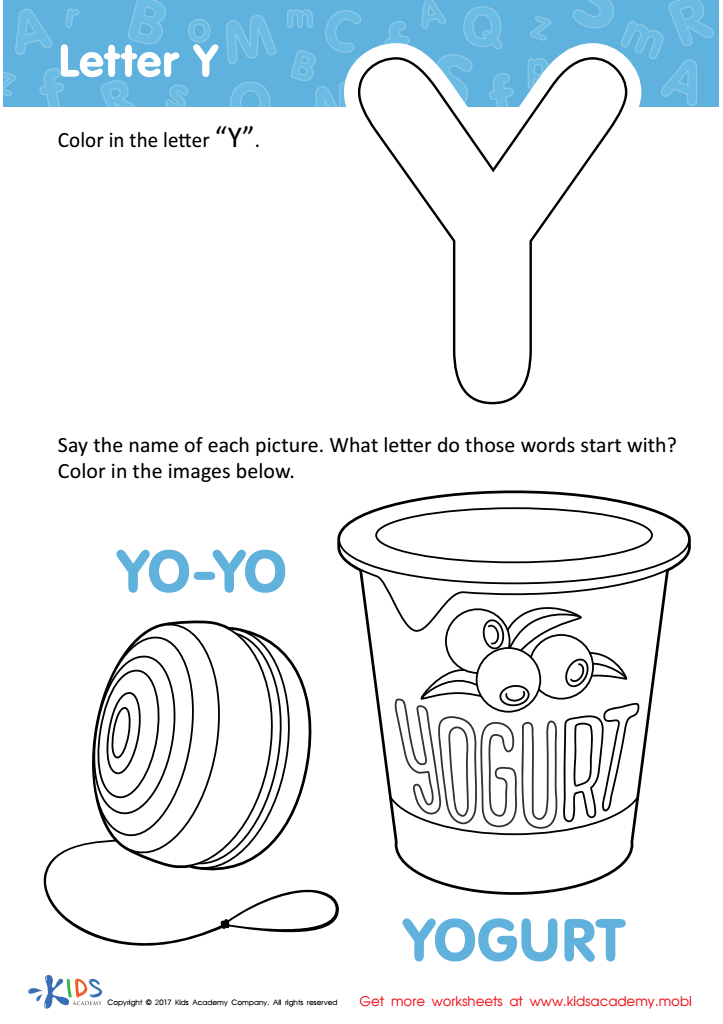

Letter Y Coloring Sheet
Alphabet recognition is crucial for children aged 7-8 as they transition from learning letters to reading and writing fluently. At this stage, children solidify foundational literacy skills that significantly impact their academic success. Mastering easy letter recognition enhances their ability to decode words, comprehend texts, and express themselves effectively in writing.
Parents and teachers should care about fostering alphabet recognition because it helps build confidence and encourages a love of reading. When children can quickly recognize letters, they are more likely to engage with books, ask questions, and develop critical thinking skills. Furthermore, strong alphabet knowledge contributes to improved spelling abilities, which are essential for effective communication.
In specific educational frameworks, reading proficiency by third grade is a predictor of future academic achievement. Fostering these skills during the ages of 7-8 lays a strong groundwork for future learning. Engaging activities, such as games, songs, and interactive reading sessions, can make learning fun and effective.
In essence, alphabet recognition is not just an isolated skill; it is an integral part of lifelong learning, equipping children with the tools they need to navigate more complex literacy challenges as they grow. Understanding this is key to fostering supportive learning environments.
 Assign to My Students
Assign to My Students










